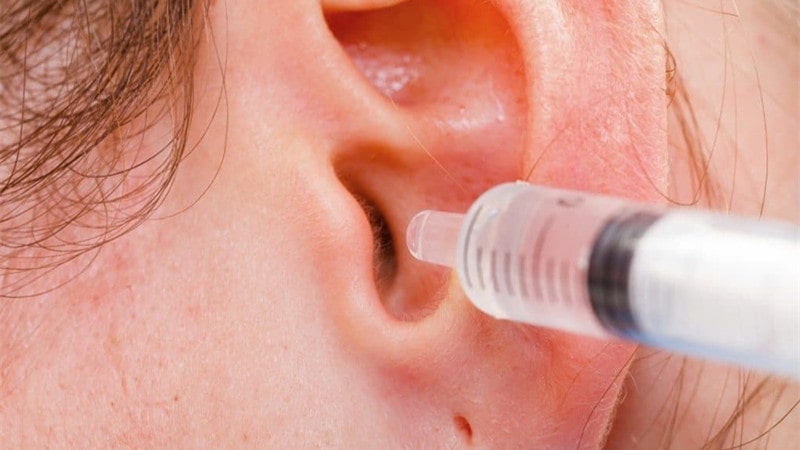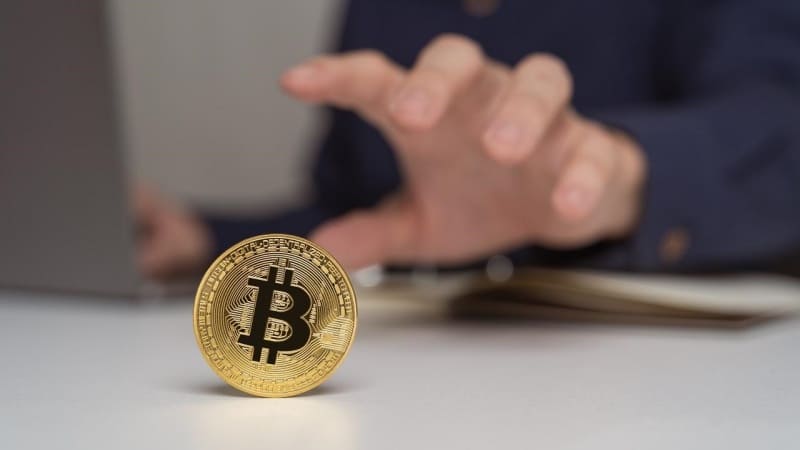If you have ever taken a look at all the advice on ear cleaning online, it probably left you a bit confused. Some say that cotton swabs are the way to go, while others recommend just using water. Then, there are those who say that you shouldn’t clean your ears at all.
But what is the truth? With so many contradictory ideas, it can be hard to decide what you should do. Luckily, this article’s here to help you learn how to properly clean your ears. Read on!
Why Do Ears Need Cleaning?

Human ears have a unique self-cleaning ability called cerumen production. Cerumen, commonly referred to as earwax, is a cleansing agent that accumulates in the ears and collects dirt, bacteria, and any other microorganisms. In addition to that, it also keeps the ears lubricated, preventing itchiness and dryness.
Usually, earwax finds its way out of the ears on its own. It does so through chewing and other jaw movements. Thus, everyday activities such as eating and talking have a big part in cleaning your ears, even if you aren’t aware of it.
However, earwax can also accumulate. It usually happens due to the usage of earphones or earplugs, but having narrow ear canals can also make earwax removal difficult. Finally, the amount of buildup also varies from person to person, with some naturally producing more cerumen than others.
Though it is usually harmless, sometimes the earwax buildup can start affecting your hearing. If it gets out of control, it can also cause symptoms such as pain, excessive coughing, ear odor, and so on. These symptoms can turn into an infection, which is notoriously hard to treat.
Moreover, the earwax becomes visible, making your ears look unsightly and dirty. In both cases, it is necessary to get the cerumen out yourself.
How Often Should You Clean Your Ears?
As already mentioned, most people’s ears clean themselves naturally. But if you have an earwax buildup problem or you want to ensure your ears are always spotless, you should clean them one or two times a week. That is enough to keep the ears clean without overdoing it and causing damage.
How to Properly Clean Your Ears: Tips and Tricks
1. Use a Damp Cloth
Using a damp cloth is perhaps the easiest and safest way to clean your ears. This method is also quite easy, as all you need is a cotton cloth and some warm water. Simply dab the material all around the outside of your ear until it looks clean. Repeat the action once a week, and your ears will look immaculate at all times.
2. OTC Ear Cleaning Drops

Image source: Pinterest
Many pharmacies offer over-the-counter ear cleaning drops, which are usually solutions containing one or more of the following ingredients:
• baby oil
• glycerin
• mineral oil
• hydrogen peroxide
• saline
It is essential to follow all the instructions prescribed for the drops you buy. So, always pour the specific number of drops into your ear, and rinse out after the indicated time. If your symptoms continue or worsen during the treatment, you should contact your doctor immediately.
Before choosing a specific brand of ear drops, make sure to check if you’re allergic to any of the ingredients. It is best to consult your doctor before purchasing anything, as they can give you sound advice and help you make an informed decision.
3. Use the Bulb Syringe Method

Image source: Pinterest
Many people find that irrigating their ears is the best way to clean them. For this process, you will need a bulb syringe and either some body-temperature water or saline solution.
To irrigate your ears, you should fill the syringe with the liquid and slowly rinse your ear canal with it. Make sure that you do not push the syringe in too deeply because the inside of the canal is sensitive and can get damaged easily.
If you’re unsure about doing this yourself, you can get someone to help you. In addition, you can ask your doctor to show you how to safely irrigate your ears.
4. Use an Earwax Softener

Image source: Pinterest
It is often hard to get the built-up earwax out because it has hardened. Fortunately, certain substances can help you soften it, thus making the removal smoother.
For most people, warm mineral oil is strong enough to break up the wax blockages. You simply pour a few drops into your ear canal and let it sit for five minutes. Then you rinse, and the cerumen should come out.
If the mineral oil doesn’t get the job done, you can also try hydrogen peroxide. Keep in mind that it is not safe to use it without diluting it with water first. So, always mix equal amounts of hydrogen peroxide and warm water before rinsing your ears. No matter how stubborn the wax is, this mixture should easily break it down.
Things to Avoid
1. Cotton Swabs
Though they are most people’s go-to way of cleaning their ears, cotton swabs aren’t a safe choice. Pushing them inside the ear canal only drives the earwax further in, leading to accumulation and hardening.
In addition, cotton swabs can hurt your ear canal, especially if you use them every day. The friction can cause irritation, which can, in some cases, result in an ear infection.
2. Sharp Objects
It goes without saying that you should not attempt to clean your ears with any sharp objects. That includes bobby pins, toothpicks, or anything similarly small and pointy. Though it might seem like a good tool to reach the wax, it can only cause damage and pierce the skin inside the ear.
3. Ear Candles
If you’ve spent some time researching ear cleaning techniques, you’ve probably stumbled upon advice to use ear candles. These candles are thin and hollow, and you are supposed to insert one end into your ear canal. Then, you ought to light the opposite end.
Supposedly, the heat from the candle should melt the earwax and make it easy to remove. However, the flame can burn you, and the candle is often sharp, which can lead to injuries inside the ear. Moreover, the candle wax can melt inside your ear and dry up, making the situation even worse.
All of these facts have resulted in the FDA refusing to recognize these candles as safe and legitimate ear cleaning options. Thus, no matter how convenient these products may seem, avoid them and try going for one of the options mentioned above.
4. Ear Irrigation in Certain Cases
While ear irrigation can be a safe option, you shouldn’t do it if you have a hole in your eardrum. In addition, it can be dangerous for anyone who has tubes in the affected ear.
The water or saline can penetrate the hole or tubes and wreak havoc. The potential consequences include infections, loss of hearing, bleeding, and so on. It is always best to ask your doctor whether a cleaning option is safe for you. Only then should you proceed with it.
When Seeing a Doctor Is a Must
Sometimes, home remedies and OTC meds can help remove earwax buildup. If your symptoms persist even though you’re using something to treat them, it is best to see your doctor.
The same is true if your symptoms worsen. If you have blood or pus coming out of your ear or experiencing a lot of pain, it is imperative to get yourself checked. Such indications point to an infection or another underlying condition, and your doctor can diagnose it and get you the treatment you need.
As previously mentioned, it is also best to consult your physician before attempting any of the cleaning methods above. They will know the best technique for you, and they can also clean your ear using their equipment. That way, you’ll be in good hands, and your earwax buildup will become a thing of the past.
Featured image source: Pinterest.com






